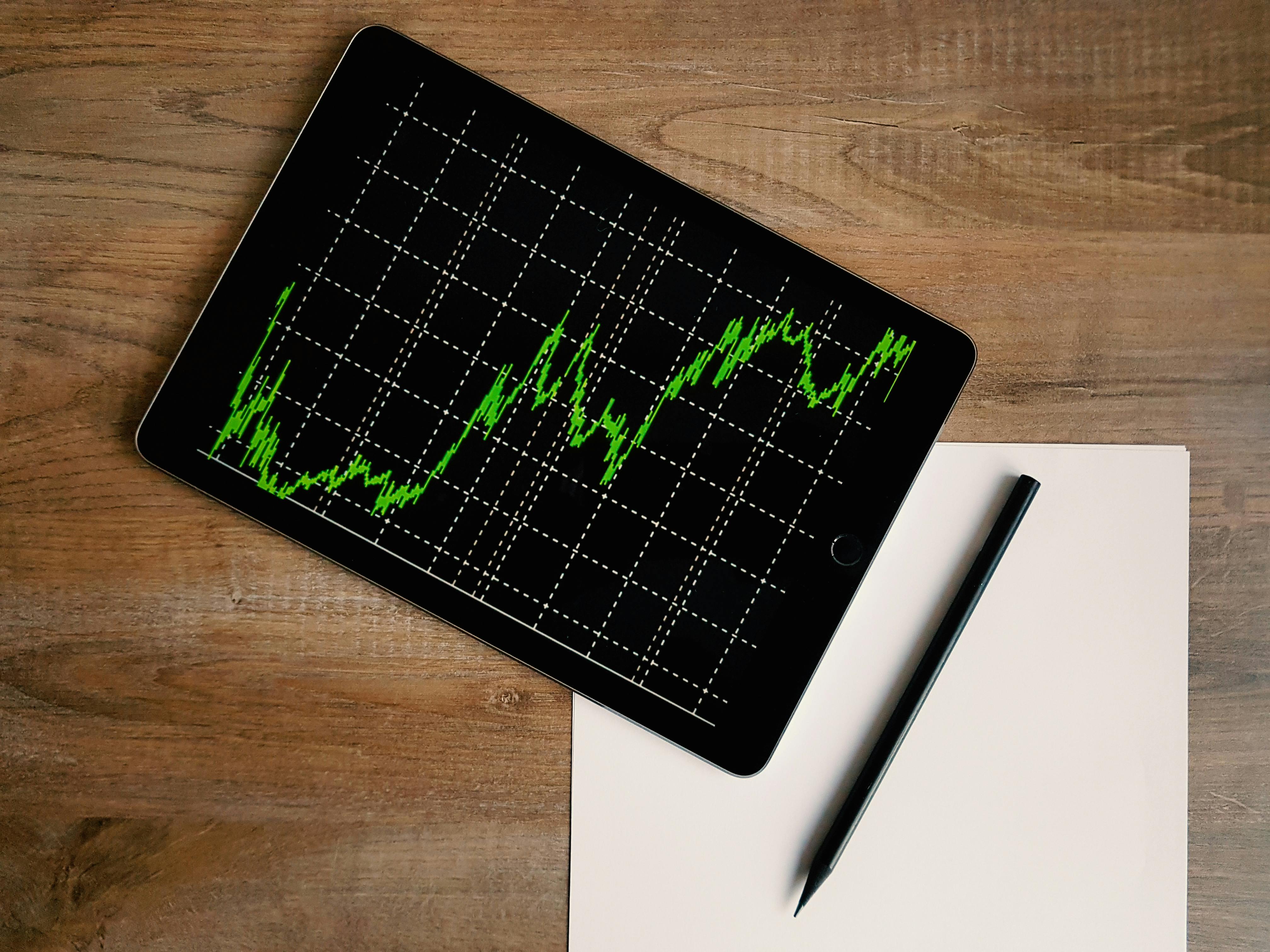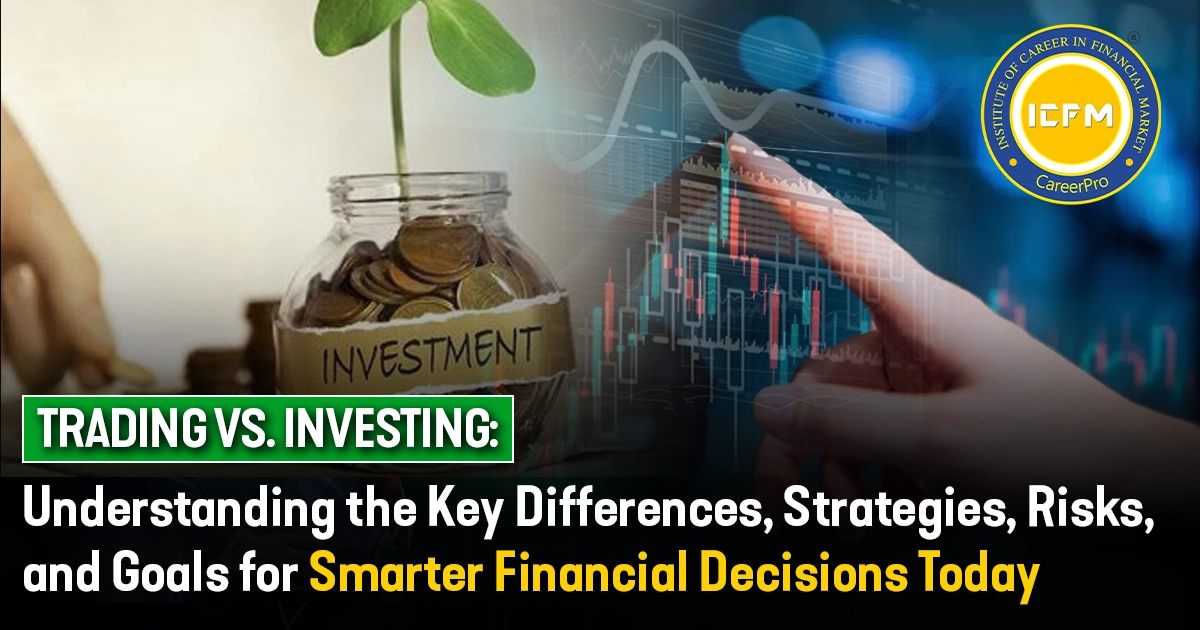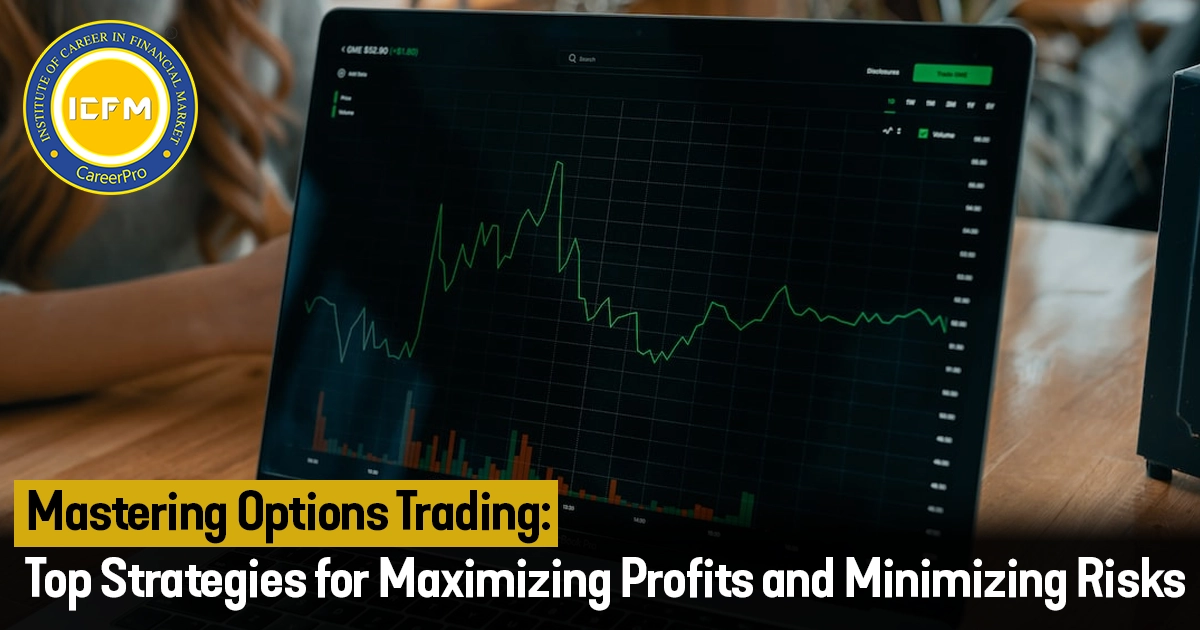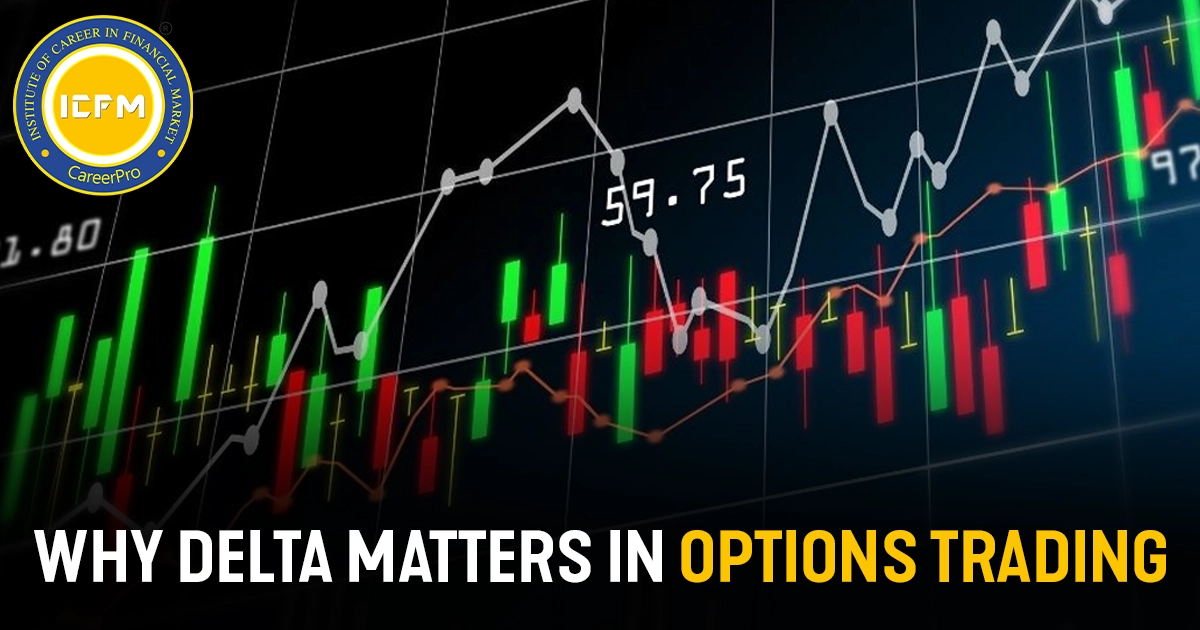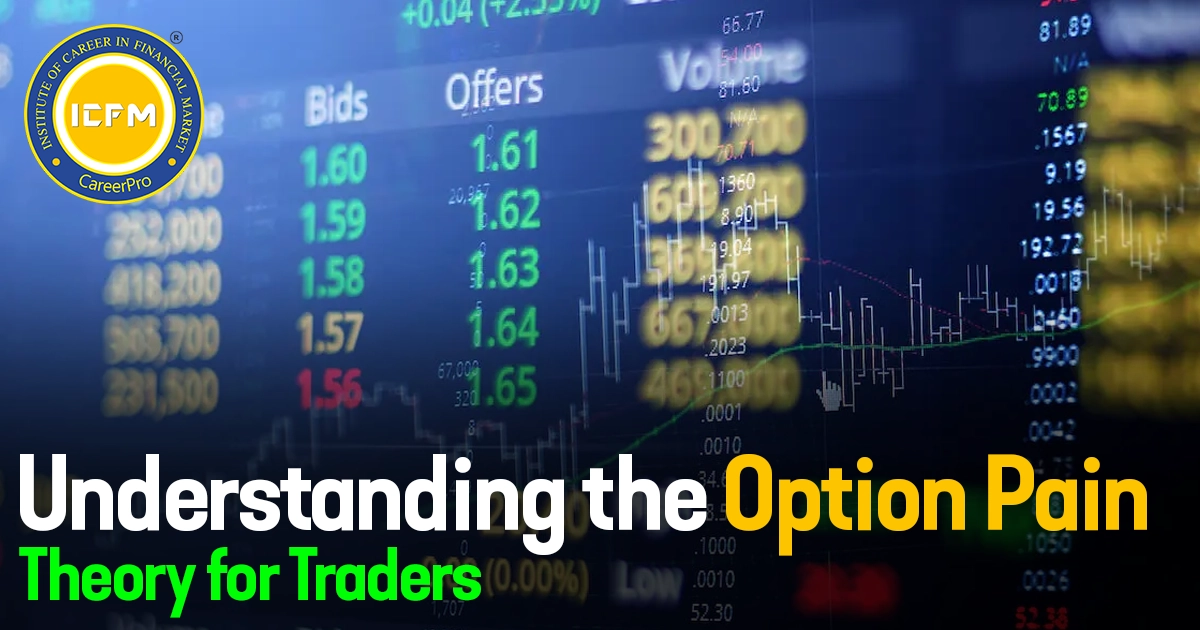Algorithmic trading, popularly known as algo trading, is a system of executing trading algorithms for orders in the financial markets. In recent times, this system has played an amazing role in every other area of the financial markets, but nowhere more crucial than in the case of the derivatives market. Derivatives, which are financial contracts whose value is derived from the performance of an underlying asset, have become more intertwined with algorithmic trading strategies. In this blog post, we’ll explore how algorithmic trading is reshaping the derivatives market, discussing its advantages, challenges, and long-term implications.
What is Algorithmic Trading?
Algorithmic trading is the use of computer programs designed on defined criteria, including price, volume, time, and other market data, for executing trades. Algorithms process large volumes of information at a pace much faster than any human trader and, thus, are more attractive to interested market participants who want to capture market opportunities effectively.
Algorithmic strategies in the context of derivatives trading may include options, futures, and swaps markets with the optimization of orders connected to price efficiency, minimization of risk, or market inefficiency realizations.
Major ways through which algorithmic trading is affecting the derivatives market
1. Increased liquidity
Algo trading course plays a very important role in the increasing liquidity of markets, which is critical to the proper working of financial markets. Liquidity is particularly significant in the derivatives market because of the complexity and specificity required in using such products that at times makes it illiquid.
It makes sure that in even less liquid markets, there are always buyers and sellers available since trades are automated. This constant flow of orders tightens the bid-ask spreads and makes the price discovery process more efficient for retail and institutional traders.
2. Faster and More Efficient
Derivatives markets are also extremely fast. Besides that, there are also really complex things. Speed is all in the case here; few seconds of delays might mean an opportunity missed. Algorithmic trading offers a gargantuan lead over any kind of human being while trading at incredibly high speeds they cannot possibly attain themselves.
High-frequency trading is part of algorithmic trading, relying more than anything else on algorithms to post hundreds or thousands of orders in fractions of a second. It therefore allows traders to take advantage of the short-term disparities in prices at derivatives markets where the prices would fluctuate unsteadily.
3. Risk Management Optimization
Another main reason algorithmic trading has become so popular today among the derivatives market is that it enhances risk management. Algorithms can be programmed to analyze and respond to risk in real-time; thus, decisions that might otherwise have required the intervention of a trader can be automated.
For instance, risk management algorithms can be encoded to automatically close positions against a trader's strategy when the market moves against that strategy and thus limits catastrophic losses. Algorithmic portfolio managers rebalance portfolios for hedging risks and ensure that positions in derivatives are in line with broad expectations of the wider market.
4. Market Making and Arbitrage
It's just a kind of liquidity provision through buy and sell orders of financial instruments, very common in derivatives markets. An algorithm may post both the buy and the sell orders at the same time and still manage to make money off the difference between both prices and improve the market's efficiency because it makes entry and exit to the market more accessible to other participants in the market.
The third way is that algorithmic trading has also ignited huge growth in arbitrage strategies. In derivative markets, arbitrage opportunities occur between related instruments. For example, between futures contract and underlying asset, some pricing inefficiencies can sometimes appear. Algorithms could quickly identify the inefficiencies and thus capitalize on such arbitrage opportunities, ensuring the markets remain in line and efficient.
5. Cost Reduction
Algorithmic trading automation of processes reduces costs in various ways. For one, it minimizes the need for human traders. This reduces overhead costs associated with manual trading. Algorithms also work more efficiently. They minimize the transaction costs and slippages that can accrue in large numbers in complex markets, such as those in derivatives.
With algorithms trading at the best available prices and no human interference, the transaction costs are usually less than in a traditional manual trade, making derivatives more accessible to smaller traders and investors.
6. Better Price Discovery
The process of price discovery, which refers to finding a price for an asset or a contract, is necessary in derivative markets. Algorithmic trading supports the process of price discovery through the reaction to real-time data and the provision of market feedback through automatic orders. Hence, derivative products will be priced much more accurately and promptly because algorithms are reflecting the huge amount of data and information that exists in the market with its trading strategy.
For instance, algorithms can adjust quickly to any shifts in the price of a given underlying in its spot; thereby, aiding future contract pricing to become oriented along expectations and closer accurate signals to all the other remaining traders.
7. Minimized Mistakes That a Human Should Be Making
Such algorithms minimized human error. A human trader is liable to be emotionally biased, prone to become fatigued, or his judgments may get erroneous, and the algorithmic system is coded to follow an inflexible sequence of rules that does not own emotions. Such trading decisions ultimately become consistent and end up merely being data-driven for this risky, fast-paced world of derivatives trading.
8. Globalization and 24-hour trading
Algorithmic trading has made the derivatives market fully global and 24/7. Cross-time zone and market trades, freed from human working hours, have enabled access to more derivatives products and further integration of global markets.
For instance, one can trade in a future over the globe at any time and allow the algorithms to adjust their respective positions relative to the altered circumstances of the markets.
Challenges and Risks of Algorithmic Trading in Derivatives
Whereas algorithmic trading is full of many positives, it has negative aspects and its risks. This includes a fear of flash crashes, or a sudden spike in computerized trading sending prices plummeting. This mainly happens since algorithms will overreact to market data sometimes, or fail to consider changes in either liquidity or volatility.
Algorithmic models also suffer from overfitting. Since these algorithms are developed keeping in mind the historical data, they collapse when the market conditions that are not expected by the model designers come out of the blue and hence underperform in a scenario of higher uncertainty in the markets or a crisis.
There is also a high tendency for algorithmic manipulation or "front-running," whereby traders use their market information with algorithms for the advantage of the traders. This often draws in regulatory attention-particularly in the derivatives market.
Algorithmic trading has certainly undergone a sea change in the contours of the derivatives market. Its benefits include enhanced liquidity and efficiency, and it extends into the optimized risk management area. Retail and institutional traders are increasingly now relying on algorithms for trades, risk management, and exploitation of opportunity windows that may be too short in duration for human interference.
Yet there always stands a caveat for benefits-that is, inherent risk. Future algorithmic trading of derivatives will undoubtedly call for added complexity in the regulatory scene so as to allow fair and transparent markets but at the cost of continued, enhanced algorithms ready to adapt with changing financial situations themselves.
This, with the advancement of technology, is going to increase the role of algorithmic trading in the derivatives market. It is a very interesting space to watch for market participants and regulators alike.


